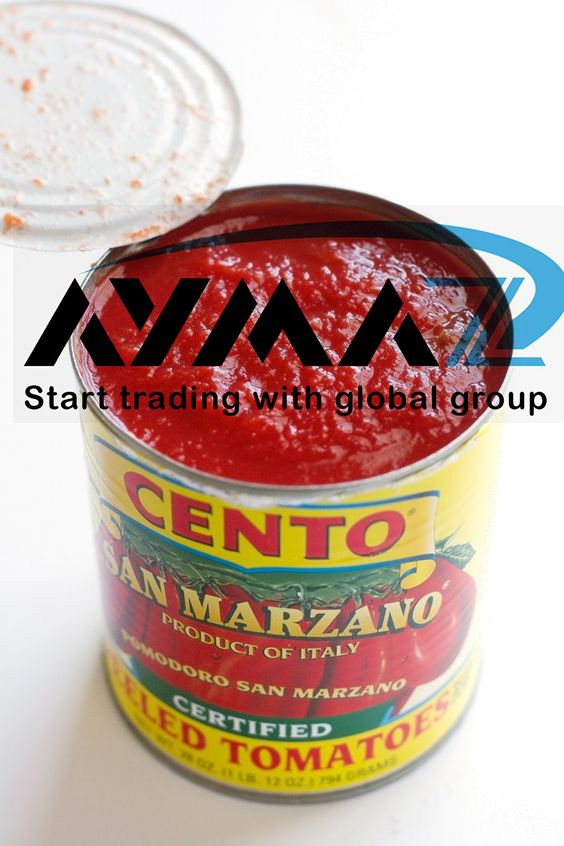Contact our sales expert to get the cheapest Prices of traditional tomato paste in South Africa. But in the following, we will deal with the difference between home paste and industrial paste.

Important points in comparing traditional and industrial tomato paste
- Paste is a product whose industrial type has higher nutritional properties than traditional and home cooking. Because with the use of modern devices, a significant vacuum can be created in the upper part of tomato juice tanks. This reduces the boiling point of tomato juice. And at much lower temperatures than household flames, tomato juice can be concentrated. A temperature of about 100 degrees in traditional methods causes the loss of a significant portion of the tomato pigment called lycopene, which has antioxidant properties. But in modern factories, tomato juice is concentrated at a temperature of less than 70 degrees. For this reason, the color of the paste produced is completely transparent. But in home production, the color of the paste becomes very dark due to the burning and loss of lycopene and antioxidants. And unfortunately, there is this misconception among consumers. The light color of the industrial paste may be due to the low concentration of the paste or the poor quality of the tomatoes. It should be taken into account that the paste is definitely orange in color. It is substandard and unripe tomatoes are used in it. The color of the quality paste is bright red.
- It is possible to produce homemade paste as a traditional process. It is welcomed by a range of people while the two factors of high heat and the presence of oxygen change the chemical form of lycopene and the loss of its antioxidant properties and vitamins and nutrients. Today, technology has come to the aid of factories to preserve nutrients in a short time and at low temperatures and in the presence of a vacuum (without the presence of oxygen). Remaining antioxidants in addition to nutritional properties increase the shelf life of the paste.
- It is worth mentioning that the whole process of producing industrial tomato paste, from the time of receiving tomatoes to producing the paste, is done in less than an hour. If the production of homemade paste lasts for hours in the presence of high heat and oxygen. I need to emphasize that the “homemade tomato paste” advertisement is an advertisement to deceive the consumer. In fact, home-made tomato paste is of lower quality than industrial tomato paste, which is produced in standard conditions and with high quality raw materials.
- Definitely a rabbit that is in a position prone to mold growth. And it does not mold, it has preservatives. It is better to keep the paste in conditions that limit the growth of mold. For example, keep the lid closed in a place away from the fruit shelf and use it with a clean spoon.
Another point is the shelf life of the paste. Two years is the expiration date, although it seems like a long time. But there is no reason to use harmful substances or processes. This can only be achieved with the help of the knowledge and technology of the food industry, and is certainly not possible in traditional production. Due to the use of pasteurizers and pasteurized tunnels, as well as the type of lid closure of cans that prevents the passage of air, pasteurized paste after packaging has no exchange with the environment. Therefore, it has a high durability. In fact, these types of products if produced in a principled way. No need to use materials for storage for 24 months. And only knowledge, technology and quality materials give the product durability during this period.

Prices of tomato paste in South Africa
South Africa is a country where people usually make homemade paste. Because it has few tomato farms as well as tomato paste factories. But lately, everyone is consuming industrial tomato paste. As a result, they are looking for the best brand with the lowest price in this type of products. We have prepared a list that we will provide to you. Just contact us.
 canned co import &export canned
canned co import &export canned

 OUR PHONE:
OUR PHONE:  WhatsApp:
WhatsApp:  OUR E-MAIL: INFO@CANNEDCO.COM
OUR E-MAIL: INFO@CANNEDCO.COM

